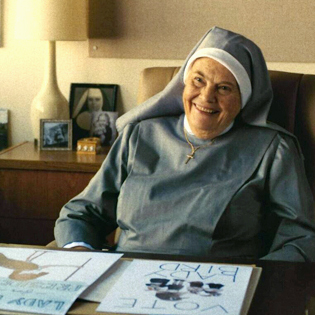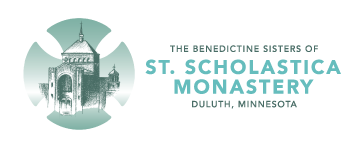 “What if this is the best version of myself?” Lady Bird’s question slices through her mother’s barrage of critique to reach her heart. In a later scene, the roles reverse. Lady Bird disparages her local options for college. It is her mother who breaks down, shouting, “It’s never enough! Whatever we give you, it’s never enough!” That gap between the hoped-for and the real is the central dynamic of Lady Bird’s relationship with her mother. Each tells the other, in hundreds of ways, that she is never enough.
“What if this is the best version of myself?” Lady Bird’s question slices through her mother’s barrage of critique to reach her heart. In a later scene, the roles reverse. Lady Bird disparages her local options for college. It is her mother who breaks down, shouting, “It’s never enough! Whatever we give you, it’s never enough!” That gap between the hoped-for and the real is the central dynamic of Lady Bird’s relationship with her mother. Each tells the other, in hundreds of ways, that she is never enough.
I hadn’t heard of Lady Bird. Then Bishop Barron praised the film’s portrayal of religious sisters. The trailer was intriguing. It’s not merely another sweet coming-of-age story. I went to see the movie for the first time. I was hooked.
Despite the great sight-gags and teenage high jinks, Lady Bird is a painful movie to watch. “Oh, don’t do that – don’t say that,” I find myself telling the characters in scene after scene. Lady Bird’s headstrong ways cause her no end of grief. Her mother longs to help, and somehow manages to say the worst thing at the worst time. They are locked in a spiral of criticism and no one has the key to release them.
It reminded me of Brené Brown‘s research. In her book Rising Strong, she describes her righteous anger at the atrocious behavior of a stranger. Unable to shake her fury, she expected her counselor to be equally outraged. She is dumbfounded that the therapist asks, “Do you think maybe she was doing the best that she could?” Brown couldn’t fathom the idea. “Really? Do you believe that?” After a moment’s thought, her counselor replied. “Yes, she said. “I believe most people are doing the best they can, most of the time.” Brown left the session still infuriated – but with a new research project.
A pattern emerged in Brown’s interviews with hundreds of people. Those who lived from the belief that “people are doing the best they can” were happier and less stressed. Those who did not have that belief struggled with perfectionism and stress. One gave an especially thoughtful answer. “I don’t know. All I know is that my life is better when I assume people are doing their best. It lets me focus on what is, and not on what could be.”
The sisters and staff in Lady Bird’s high school seemed to have discovered that sweet spot. They were honest about Lady Bird’s current reality but valued her spirit. This opened a space in which she could become whatever the next version of herself might be. Greta Gerwig, Lady Bird‘s writer and director, had similar experiences in a Catholic high school. “God uses what you’ve got,” she said.
Moments of acceptance, of encouragement to BE yourself, are life-changing. They become what Bishop Barron called the “strange and surprising breakthrough of grace.” It is the heart of Benedictine community. The acceptance we can give each other is opens the door so that we can grow into “the best version of ourselves.” Without it, we are never enough.
This reflection was written for Sister Edith’s column, Visum Monachae, in The Cable, the student newspaper of The College of St. Scholastica.
